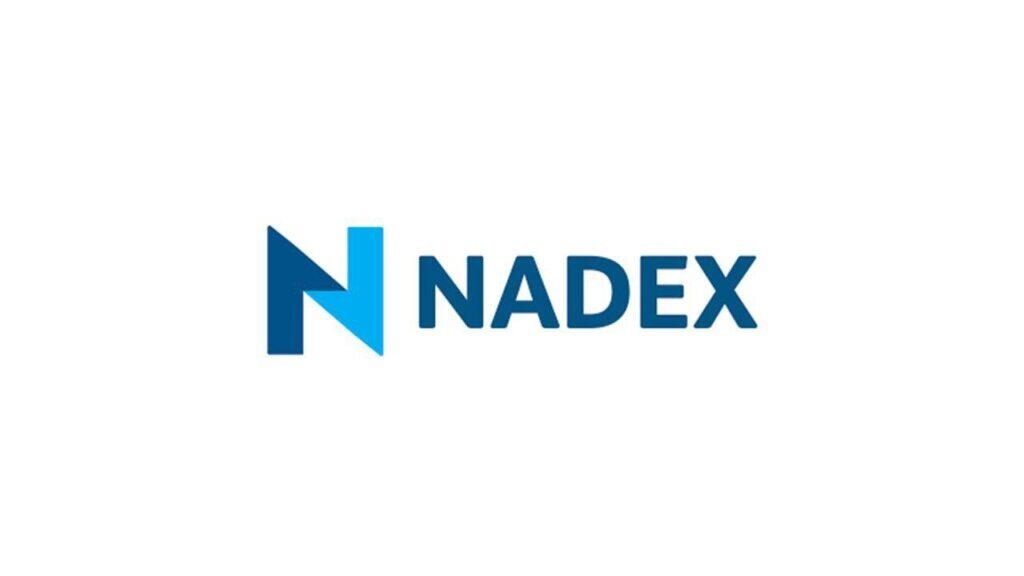Contents:


Once we have some sample code up-and-running on Heroku, we’ll then update the app to access data from a Google Docs spreadsheet via the Python API. Go ahead and run the ‘app.py’ file on your local machine; you should get a warning prompting you to visit a link to authenticate your app with your Google account. Click on the link to authenticate — if it’s successful, you should now have a new ‘credentials.json’ file in the credentials folder. In the ‘venv’ folder created previously, create a new file called “app.py”. We can use the code here for initial testing purposes.

This launches a very simple builtin server, which is good enough for testing but probably not what you want to use in production. For deployment options see Deploying to Production. This page gives a good introduction to Flask.
Tutorial de desarrollo de aplicaciones web geoespaciales con Python y Django
Using @streamlit and for the first time in a very long while, or ever, I don’t swear under my breath while writing the UI/demo code for a #DataScience use-case. They do right everything Jupyter notebooks got wrong. What an awesome library @streamlit is !!!!!!
Chcesz się dokształcić, aby zmienić pracę? Oto 600 darmowych … – F5 Trendy Rynku i Kultury
Chcesz się dokształcić, aby zmienić pracę? Oto 600 darmowych ….
Posted: Tue, 15 Nov 2022 14:09:26 GMT [source]
Build the app for deployment using theflutter build web command. You can also choose which renderer to use by using the –web-renderer option . This generates the app, including the assets, and places the files into the /build/webdirectory of the project. For complex types such as database models, you’ll want to use a serialization library to convert the data to valid JSON types first. There are many serialization libraries and Flask API extensions maintained by the community that support more complex applications. If a response object of the correct type is returned it’s directly returned from the view.
Introduction to Python Flask
Build an app in a few lines of code with our magically simple API. Then see it automatically update as you iteratively save the source file. Hash the password so the plaintext version isn’t saved. Sometimes you might want to set a cookie at a point where the response object does not exist yet.
The default content type is HTML, so HTML in the string will be rendered by the browser. In the ‘venv’ folder, create the .gitignore file (I like to use gitignore.io as a starting template). By default, the flutter build and flutter run commands use the auto choice for the web renderer. This means that your app runs with the HTML renderer on mobile browsers and CanvasKit on desktop browsers. This is our recommended combination to optimize for the characteristics of each platform. During a typical development cycle, you test an app using flutter run -d chrome at the command line.
Follow Installation to set up a project and install Flask first. Now, Reload your web app, and you should find it has access to all the packages in your virtualenv, instead of the system ones. We recommend using virtualenvwrapper, a handy command-line tool, to create your virtualenv. For this step, you will need to have a Heroku account and command line prompt already installed on your machine . Verify that you are in the ‘venv’ directory created for the project earlier.
If https://forexhero.info/ a dict or list, a response object is created usingjsonify(). I’ve written several short tutorials recently on how to create web apps using the awesome “Dash” Python library from the folks at Plotly. The power of the library for rapid prototyping of data science projects cannot be understated. As of release 1.20, the Flutter template for web apps includes support for the core features needed for an installable, offline-capable PWA app. Good applications and user interfaces are all about feedback. If the user does not get enough feedback they will probably end up hating the application.
Here’s what you need to know about the como hacer una aplicacion web con python and update cycle of Linux Mint. IPython is a powerful interactive shell that features easy editing and recording of a work session, and supports visualizations and parallel computing. Python is used in many application domains. This post is part of a series called Creating a Web App From Scratch Using Python Flask and MySQL.
Welcome to the developer cloud
Command can do more than just start the development server. A virtualenv is a way to create a python environment that’s isolated and separate from the normal system-wide installed packages. It’s particularly useful if you decide our ‘default’ versions of packages are not the versions you want to use — to get the latest django, for example. First, when the application runs, we should show a home page with the latest bucket list items added by users. So let’s add our home page to our application folder. In this series, we’ll be using Python, Flask, and MySQL to create a simple web application from scratch.

The app created in part one of the tutorial below is now available in this Github repository. While stripped down in terms of functionality, combining the code there with the tutorial here should get you up and running with Dash in no time. If you want to get hold of the resulting response object inside the view you can use the make_response() function. Imagine the context being the handling thread.
Crear HTML con Python
When returning HTML , any user-provided values rendered in the output must be escaped to protect from injection attacks. HTML templates rendered with Jinja, introduced later, will do this automatically. Install the required packages into your virtualenv using pip. You can just use pip without the Python version number or –user flag. A release build is both minified and tree shaking has been performed. This past week I played with @streamlit to bring some advanced models + visuals to a non-technical team.
- If you run the server you will notice that the server is only accessible from your own computer, not from any other in the network.
- Click on the link to authenticate — if it’s successful, you should now have a new ‘credentials.json’ file in the credentials folder.
- Besides the default client-side based sessions, if you want to handle sessions on the server-side instead, there are several Flask extensions that support this.
- However, by default Dash apps only run on your local machine.
Besides the default client-side based sessions, if you want to handle sessions on the server-side instead, there are several Flask extensions that support this. Attribute on your HTML form, otherwise the browser will not transmit your files at all. Certain objects in Flask are global objects, but not of the usual kind. These objects are actually proxies to objects that are local to a specific context. But that is actually quite easy to understand. The example above keeps all methods for the route within one function, which can be useful if each part uses some common data.
Test_request_context()tells Flask to behave as though it’s handling a request even while we use a Python shell. To build a URL to a specific function, use the url_for() function. It accepts the name of the function as its first argument and any number of keyword arguments, each corresponding to a variable part of the URL rule. Unknown variable parts are appended to the URL as query parameters. Modern web applications use meaningful URLs to help users. Users are more likely to like a page and come back if the page uses a meaningful URL they can remember and use to directly visit a page.
Slightly modifying the steps described in that tutorial, copy the ‘client_secret.json’ file into the ‘credentials’ folder we created in a previous step. Also, you’ll need to update the ‘Credentials.py’ file with your Mapbox ID token. However, by default Dash apps only run on your local machine. Obviously, the primary benefit of any web app is the ability to share it with an audience. Fortunately, the Dash library is built on top of the very popular ‘Flask’ library, and Dash apps can be deployed to serve content in the same manner. Rather than configure a server from scratch, we’ll take advantage of the simple deployment process obtained through the use of Heroku.
Cómo añadir autenticación a su aplicación con Flask-Login
Adding a widget is the same as declaring a variable. No need to write a backend, define routes, handle HTTP requests, connect a frontend, write HTML, CSS, JavaScript, … Now check out our documentation and forums for next steps. This textbox defaults to using Markdown to format your answer. # pass the create_app result so Flask-SQLAlchemy gets the configuration.
Dolphin: un nuevo y sofisticado backdoor para espiar utilizado por … – We Live Security
Dolphin: un nuevo y sofisticado backdoor para espiar utilizado por ….
Posted: Wed, 30 Nov 2022 08:00:00 GMT [source]
Deploy, manage, and share your apps with the world. Productionizing your machine learning model is a mandatory part of your ML project lifecycle. Python is often used as a support language for software developers, for build control and management, testing, and in many other ways.
2. Python bajo Apache
We then use the route() decorator to tell Flask what URL should trigger our function. An instance of this class will be our WSGI application. The hours I spend each week working in @streamlit are my favorites. Probably i should boost up and do more projects using it. If you do ML and work with will breathe life into your work. Build your own, share with the community, bask in the glory.
- For deployment options see Deploying to Production.
- If it’s a dict or list, a response object is created usingjsonify().
- When returning HTML , any user-provided values rendered in the output must be escaped to protect from injection attacks.
- Is a convenient shortcut for this that is appropriate for most cases.
This is possible by utilizing theDeferred Request Callbacks pattern. Generating HTML from within Python is not fun, and actually pretty cumbersome because you have to do the HTML escaping on your own to keep the application secure. Because of that Flask configures the Jinja2 template engine for you automatically. You can also separate views for different methods into different functions. Flask provides a shortcut for decorating such routes withget(), post(), etc. for each common HTTP method. For example, here we use the test_request_context() method to try out url_for().
It will be a simple bucket list application where users can register, sign in, and create their bucket list. This is a shortcut to passing the data to thejsonify() function, which will serialize any supported JSON data type. That means that all the data in the dict or list must be JSON serializable. If none of that works, Flask will assume the return value is a valid WSGI application and convert that into a response object. For a full list of methods and attributes of the request object, head over to the Request documentation. If you run the server you will notice that the server is only accessible from your own computer, not from any other in the network.
